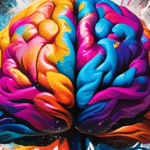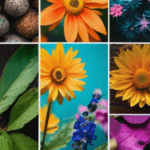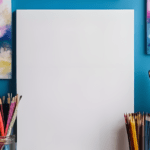Do you ever find yourself mindlessly drawing patterns or shapes while on the phone or in a meeting? Congratulations, you’re a doodler! Doodling, often dismissed as a mindless habit, may actually hold the key to unlocking your inner creativity and boosting your cognitive function.
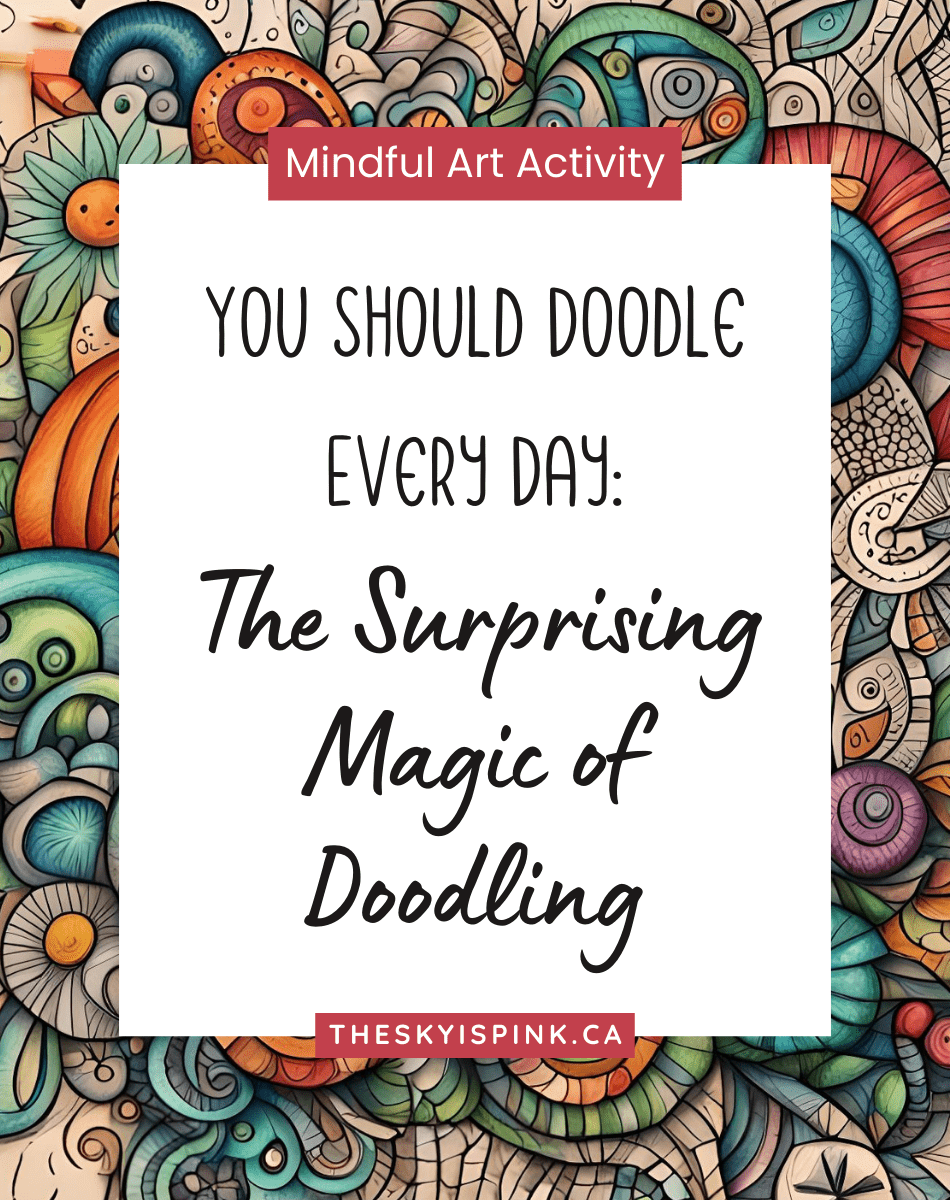
Disclaimer: This post may contain affiliate links, which means I’ll receive a commission if you purchase through my links, at no extra cost to you. I only recommend products I would use myself. Please read the full disclosure for more information.
Do you doodle?
Scribble, etch, scrawl, or graffiti? If you’re not a doodler, you may want to consider giving it a try.
Doodling has been around since we lived in caves. It can be spontaneous and instinctive or structured and deliberate, reflecting our innate need to express creativity.
Either way, doodling is a valuable creative outlet with many benefits to our mental well-being. It has evolved into various forms over the centuries with different names and techniques. You’ll find one listed below that’s just right for you. And you can watch a video of a super easy Zentangle-inspired marker doodle I created.
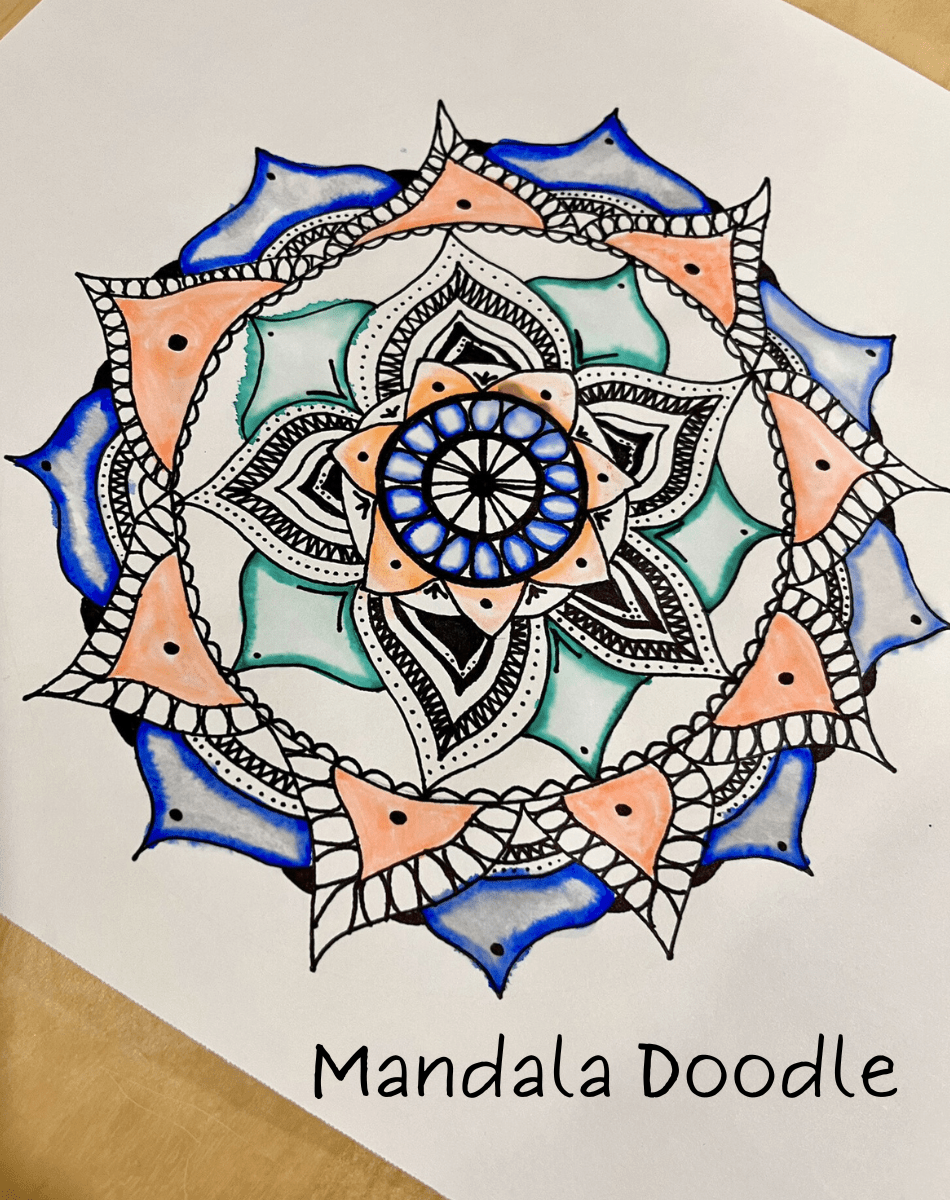
What Is Doodling
Doodles are simple drawings involving patterns, shapes, or abstract designs.
You can doodle absentmindedly while your attention is occupied in boring work meetings, or on purpose as a mindful activity for personal growth.
Types of Doodling
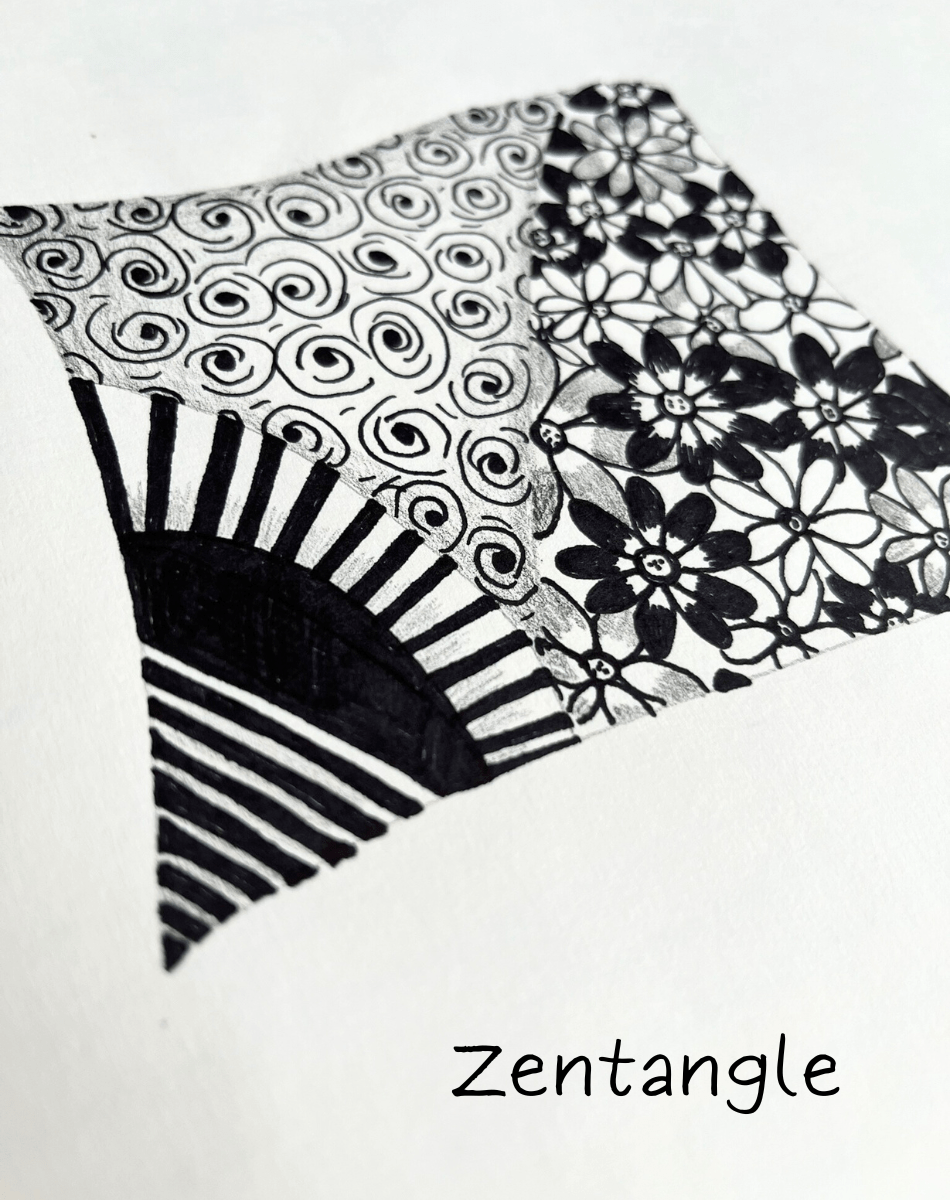
Doodling is personal and unique to each of us. I’ve listed five types of doodling below, each having its own appeal:
- Mandalas. Circular and symmetrical patterns, often with intricate details.
- Zentangle. Freestyle doodling, involving creating abstract intricate patterns within defined spaces, often done with black marker on white paper. You can learn all about Zentangle and how to do it at Zentangle.com.
- Zendoodling. Detailed doodling focused on repeating patterns within a structured design, such as lines and dots inside a heart shape.
- Stendoodling. Doodling using stencils.
- Doodle Art. Any other doodling that doesn’t fall under one of the above categories.
Why Doodling is So Great
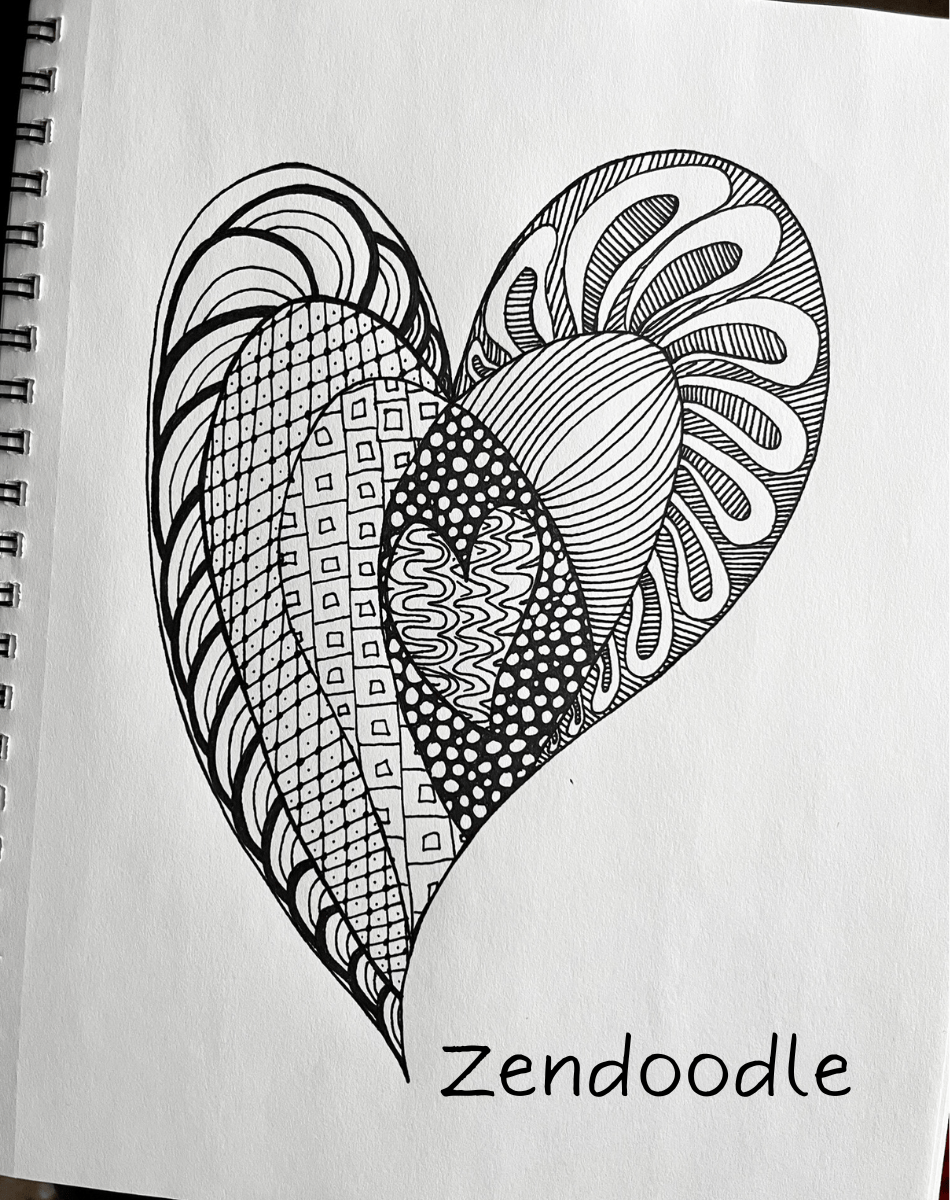
Once considered a distraction, doodling is now known to support creative expression, relaxation, cognitive processes, and mindful living. So, if you’re into mindful living or on a creative journey, you may want to take up doodling as a regular habit.
The materials required for doodling – paper and pencil – are cheap and you don’t need artistic talent or skill. There is no pressure to create polished work.
Here’s what else makes doodling so great:
- It may help improve your memory. Some studies show that doodling while listening to, for example, a lecture or a podcast can reinforce learning and help with memory retention, making it easier to recall information later.
- It helps reduce stress. The repetitive motions of doodling can have a calming effect on the nervous system. Just a few minutes of doodling can help you relax and release some tension.
- It can help you concentrate. Doodling can help you pay attention during monotonous activities, like sitting in on budget meetings or training sessions.
- It can spark your creativity. Doodling involves both hemispheres of our brain, stimulating creative thinking, problem-solving, and idea generation.
- It’s a mindful activity. Feeling the pencil on the paper, observing the lines and shapes as you create them, focusing on the present moment. Doodling can foster a sense of mindfulness and even induce a meditative state.
How to Doodle
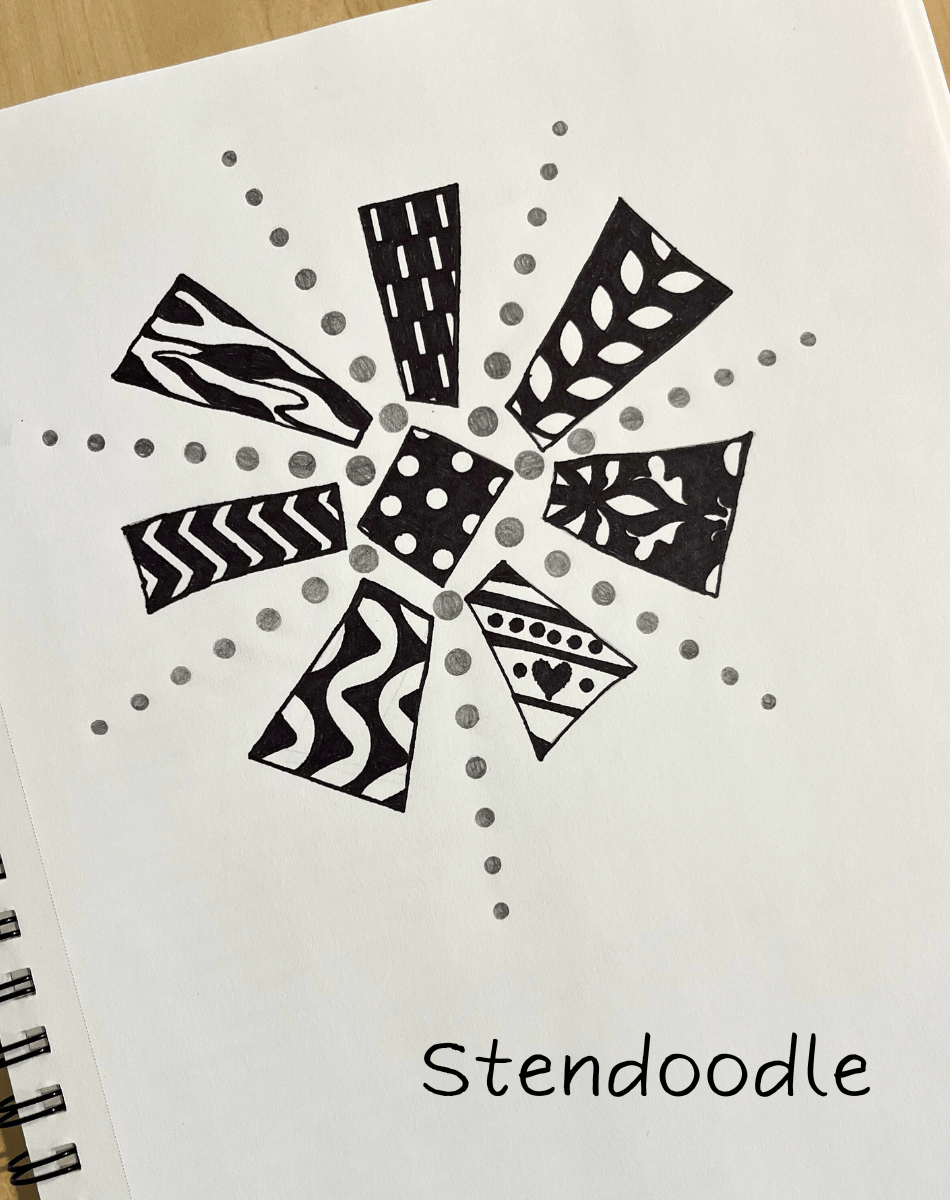
So how does one doodle? Pick up a pen, pencil, or marker and start making connecting lines and shapes on paper. That’s it; draw without thinking about the outcome.
Be present in the moment by focusing on your breath.
Doodle for Mindfulness
The age-old practice of doodling is more than just idle scribbles on paper; it’s a doorway to many mental and emotional benefits.
From the structured precision of mandalas to the free-flowing nature of zendoodling, doodling offers a canvas for creative expression that is personal and unique to each of us.
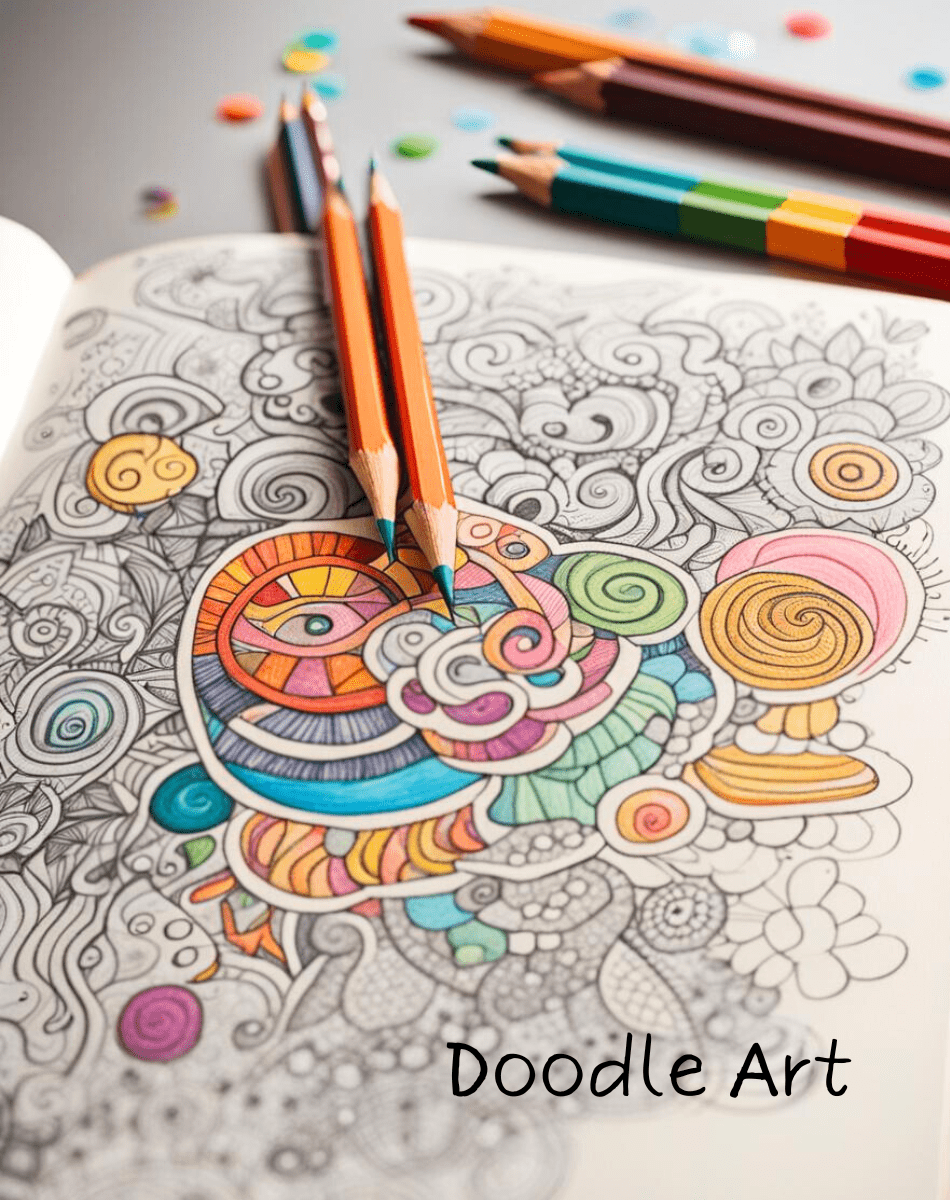
Doodling is a mindfulness activity, encouraging us to be present in the moment and observe the beautiful flow of lines and shapes as they emerge.
With all the beneficial things that doodling can do for us, we should all create doodles as part of our daily mindfulness routine.
Whether you’re seeking to enhance your cognitive abilities, alleviate stress, or indulge in a moment of creative expression, the impacts of daily doodling may surprise you.
So, get comfortable, take a deep breath and let your pen go.
Happy doodling!
Watch the Video
Don’t miss out on new postings at The Sky Is Pink! Leave your email and you’ll be notified when a new article is available to read. That’s it. We won’t email you about anything else.
Other Articles
- 10 Fascinating Facts About Art from Neuroscience
- How to Start a Creative Journey
- Creativity and Mindfulness: The Surprising Connection and Fascinating Benefits
- Top 3 Places to Maximize Inspiration and Spark Your Creative Flow
- Enrich Your Creative Imagination with the Art of Observation
- Drawing a Blank? Tips for Generating Ideas and Selecting Creative Subjects

